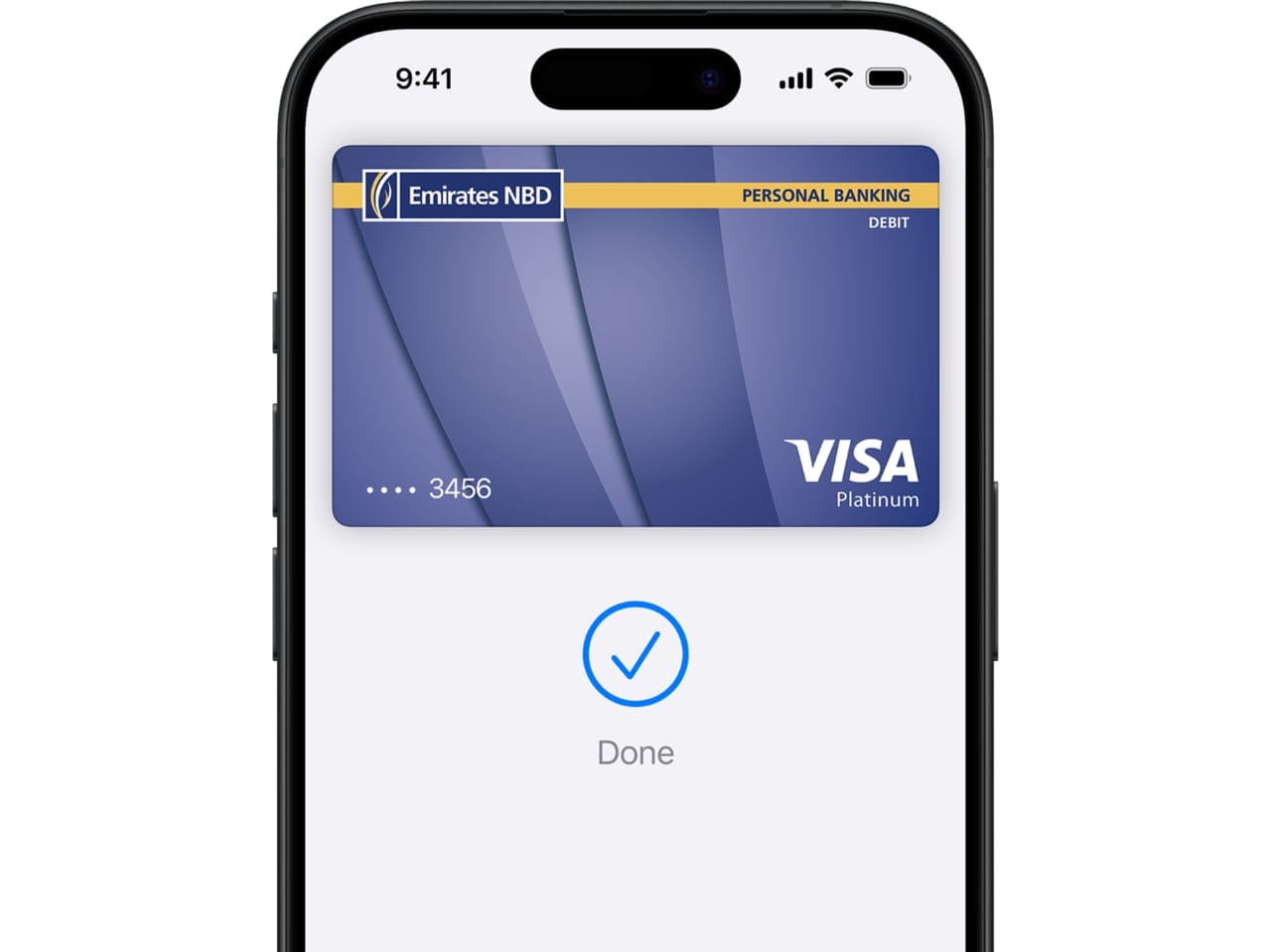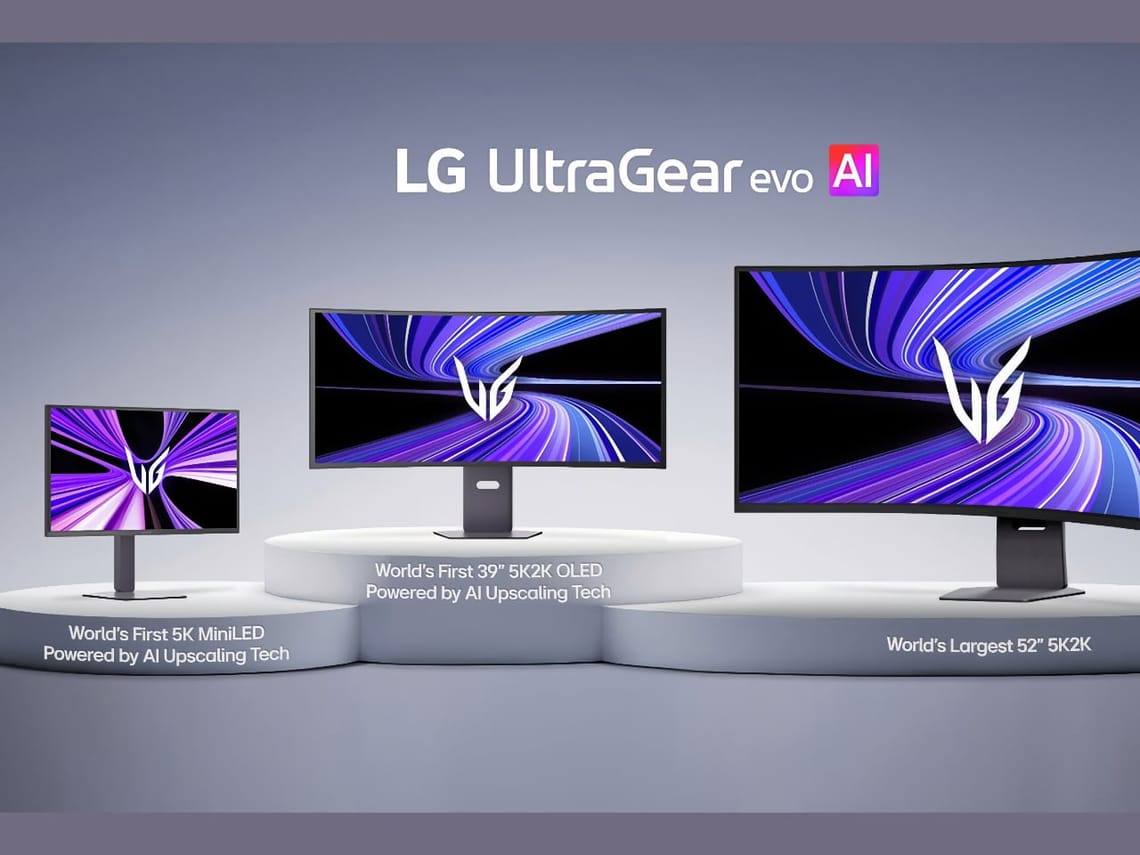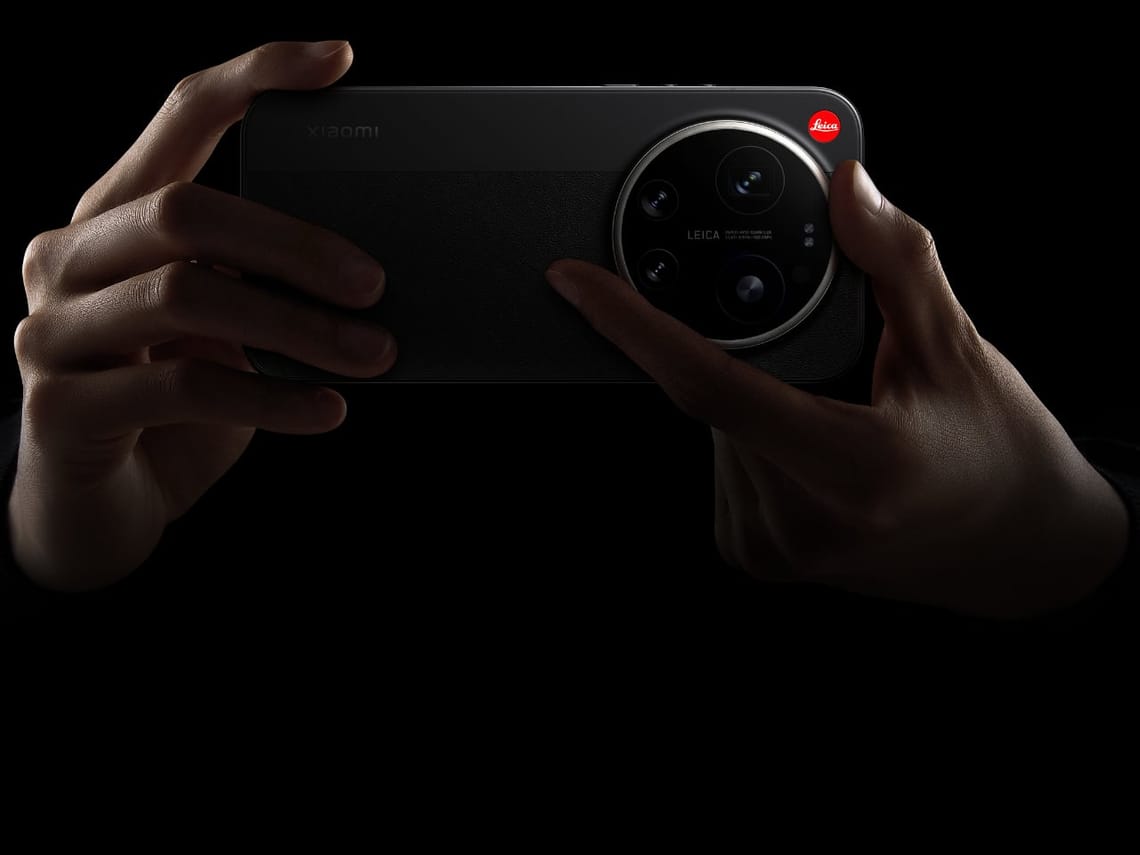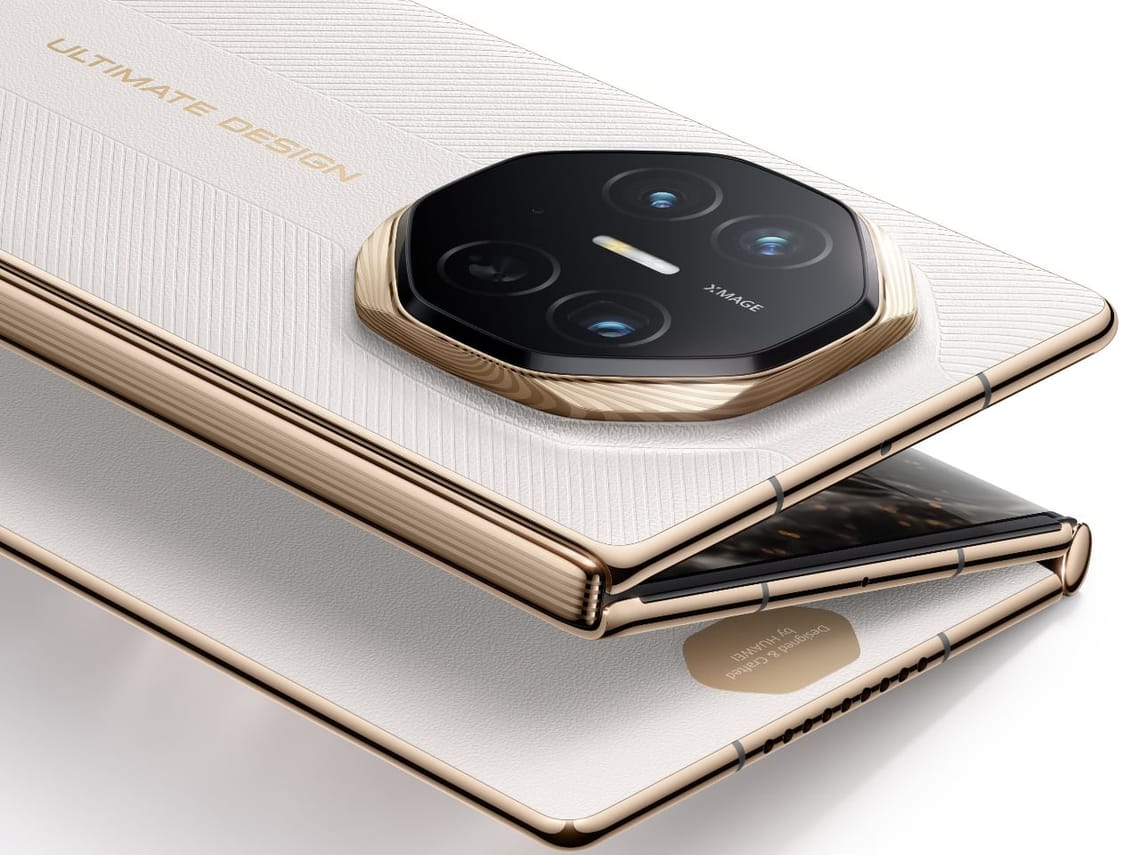- Apple says Apple Pay prevented well over $1B in card fraud in the past year.
- Merchants saw $100B+ in incremental sales thanks to higher authorisations and engagement.
- Apple Pay now runs in 89 markets with support from 11,000+ banks and 15 domestic networks.
- 90% of US retailers now accept Apple Pay, up from 3% at launch 11 years ago.
- Tap to Pay on iPhone is live in 48 markets with 15M+ merchants onboard.
Jennifer Bailey, VP of Apple Pay and Apple Wallet, used the Money 20/20 USA stage to drop a data-heavy update on where Apple’s payments push stands today.
The short version: less fraud, more sales, broader reach, and a Wallet that keeps nudging the physical one toward retirement. Below is a concise recap of the headline stats and what they mean, with a quick nod to the UAE context
The fraud story: billions blocked, rates slashed
Apple’s main message was simple: Secure by design pays off.
- Apple Pay prevented well over $1 billion in credit and debit card fraud globally over the past year.
- Versus traditional card transactions, Apple Pay can cut fraud by 60%+, and in some cases by 85–90%.
- These gains come from tokenisation, biometrics and device-bound credentials.
The numbers point to a clear pattern. Moving sensitive card data out of the merchant environment and replacing it with device-specific tokens reduces the attack surface.
Face ID/Touch ID adds a strong possession plus a biometric factor. For issuers, fewer false positives and lower fraud losses improve unit economics. For shoppers, less friction with better security is a rare win-win. If you’re already in Apple’s ecosystem, this is table stakes on modern iPhones like the iPhone Air.
Merchant upside: more approvals, more spend
Security is only half the pitch. Apple says it’s also driving revenue.
- Apple Pay helped generate well over $100 billion in incremental merchant sales globally over the past year.
- The lift is tied to higher authorisation rates and increased cardholder engagement.
- Consistent UX across in-store, in-app and web reduces drop-off at checkout.
A familiar pattern in payments: if the bank says “yes” more often and the checkout feels faster, more baskets convert. That’s before you factor in saved cards in Wallet and one-tap web flows that remove form-filling.
For UAE merchants already working through gateway choices, tools that push authorisation rates up are worth attention. If you’re comparing acquirers and checkout stacks, this quick primer on local options for SMEs helps frame the decision.
Global reach and acceptance: scale now looks… global
- Live in 89 markets worldwide, including the UAE.
- Supported by 11,000+ banks and networks, including 15 domestic networks.
- Acceptance at 90% of US retailers, up from 3% at launch 11 years ago.
Scale matters because payments is a network sport. More banks and networks mean more cards eligible out of the box. More accepting retailers make consumers comfortable using the same tap everywhere.
For travellers, that removes guesswork. For issuers, it grows digital-first behaviour. In practice, it means your iPhone or Apple Watch can now replace a plastic card on most errands. If you’re pairing that with a wearable, see how Wallet works on a watch in our recent Apple Watch SE 3 review.
Wallet vision: beyond payments into everyday passes
The Wallet pitch goes past the till.
- “Hundreds of millions” use Wallet for in-store, online and in-app payments.
- Tap to ride in 250+ regions across 800 cities globally.
- Boarding passes, hotel keys, car keys and IDs increasingly live in Wallet.
The pattern is clear: replace dead plastic and paper with verifiable, device-bound items. Transit support drives daily habit, while boarding passes and keys reduce the number of separate apps you need. IDs are the newest frontier, and progress depends on regulation and local partnerships. The more these pieces stack up, the more likely you are to leave a physical wallet at home and not regret it.
Tap to Pay on iPhone: software-only acceptance
Turning iPhones into payment terminals keeps rolling out.
- Tap to Pay on iPhone is live in 48 markets.
- Apple says 15 million+ merchants can now accept contactless payments on an iPhone.
- No extra hardware needed; works with major payment providers and acquirers.
For small businesses, not buying a separate POS can cut costs and complexity. For larger retailers, it’s a handy backup lane or a way to add mobile checkout during peaks. In the Gulf, merchant adoption of contactless is already high; software-only acceptance fits neatly into that behaviour. If your stack includes instalments, there’s also momentum on the provider side in MENA, such as split-pay options via established processors.
What this means for the UAE
The UAE has contactless-first consumers, a busy acquiring market, and shoppers who travel. That’s a friendly environment for Wallet-first payments. For banks, fraud reduction and better authorisations hit the P&L in a good way. For merchants, checkout speed and fewer declines can be the quiet growth driver that outperforms another sale day.
And for anyone already in Apple’s ecosystem, the convenience layer spans phones, tablets and wearables across the range, from iPad to the latest iPhones.
Where do these numbers come from?
Apple cites internal data, partner data and industry sources from the past year. Individual results will vary by issuer, merchant vertical and market.
How does Apple Pay reduce fraud compared to chip or magstripe?
Transactions use tokenised PANs tied to a specific device, along with biometric authentication. That prevents the exposure of real card numbers and reduces the usefulness of stolen data.
What drives the merchant sales uplift?
Higher authorisation rates, fewer false declines, and a faster, consistent checkout across app and web. Add in saved credentials, and you reduce abandonment.
Is Tap to Pay on iPhone a full POS replacement?
It depends. For many small merchants, yes. Larger retailers often use it as a flexible lane or as a supplement to existing POS for mobility and queue busting.
Does Wallet work without mobile data?
Yes, for most in-store Apple Pay transactions, thanks to NFC and device-stored credentials. Some items, like passes or updates, may need connectivity to refresh.
Subscribe to our newsletter to get the latest updates and news








Member discussion